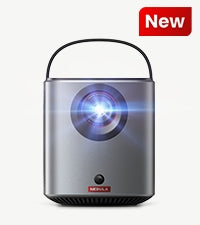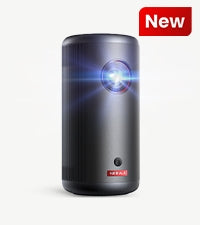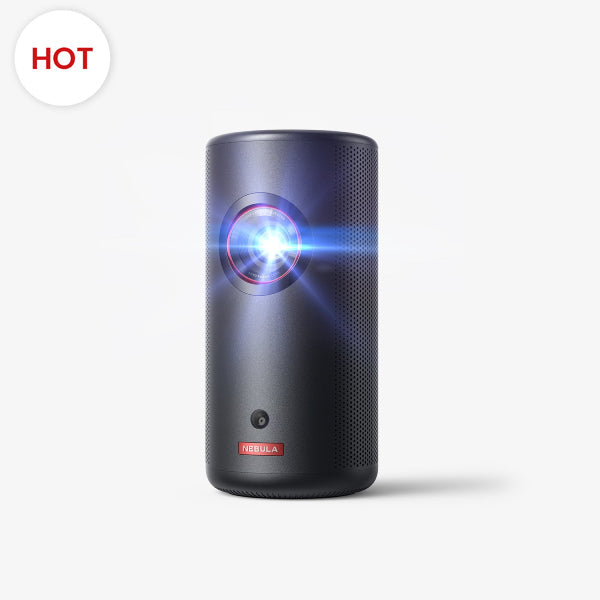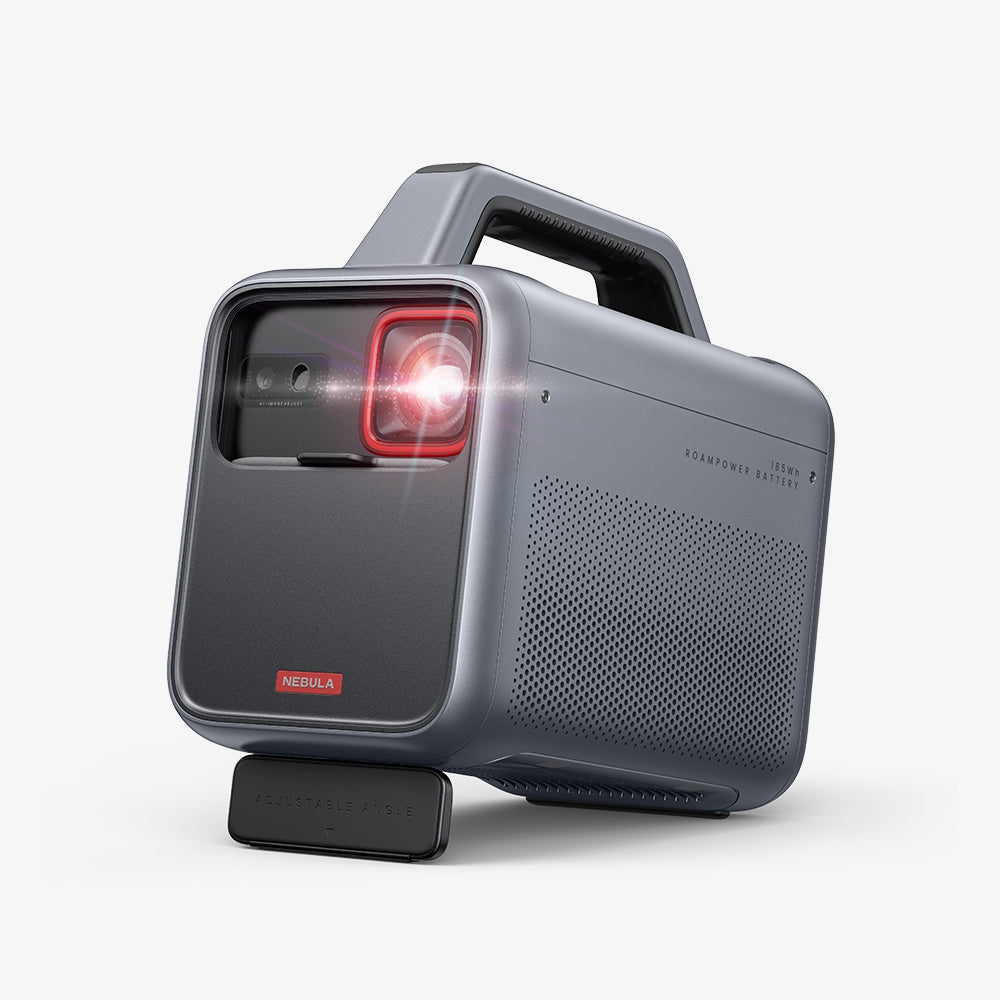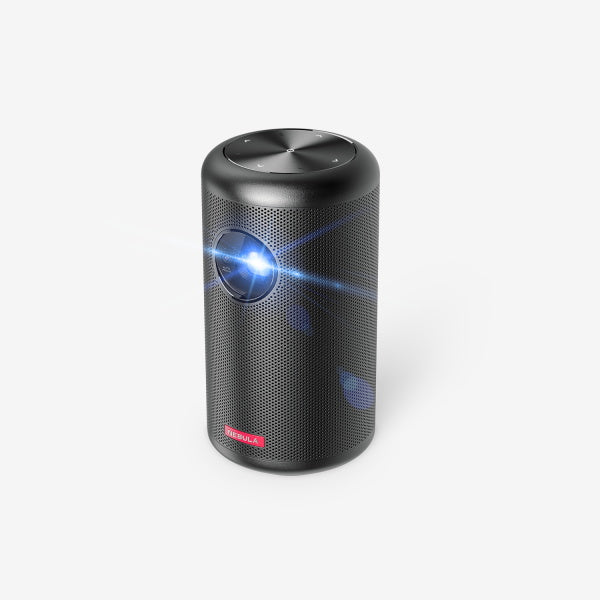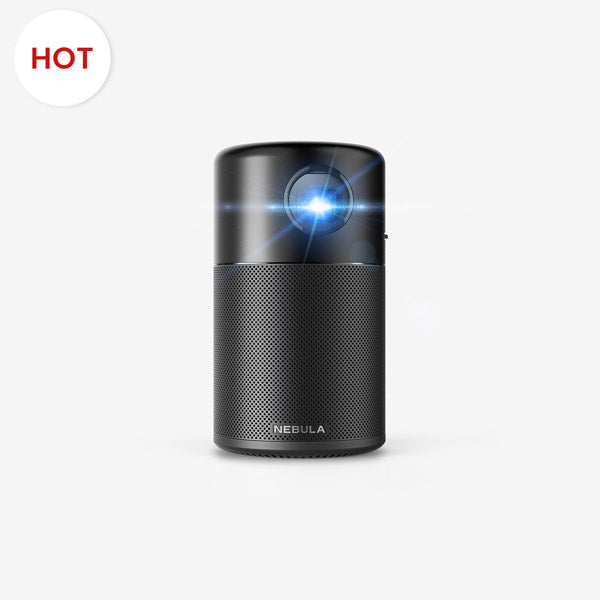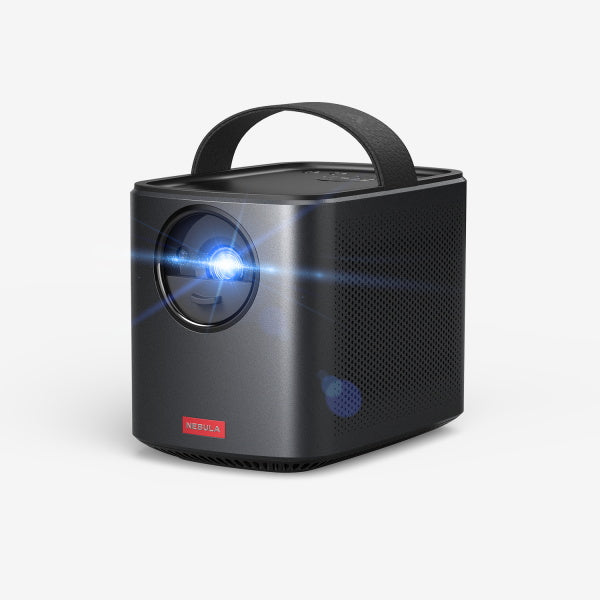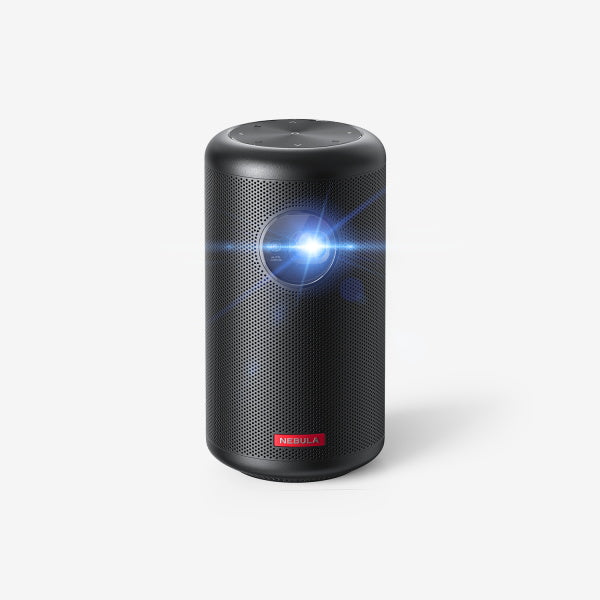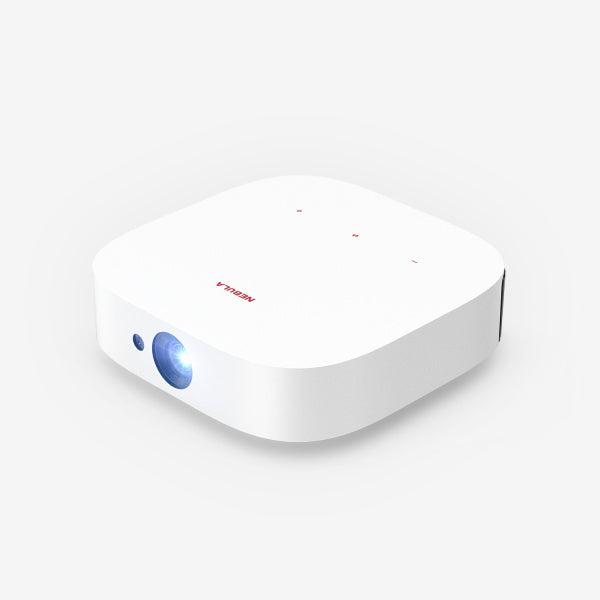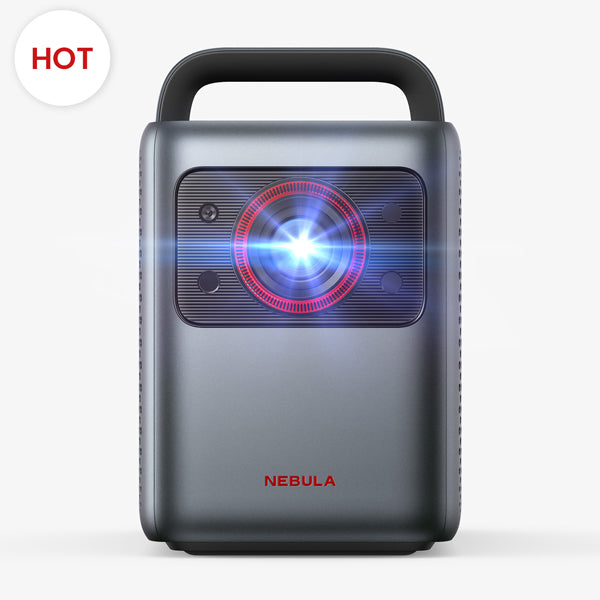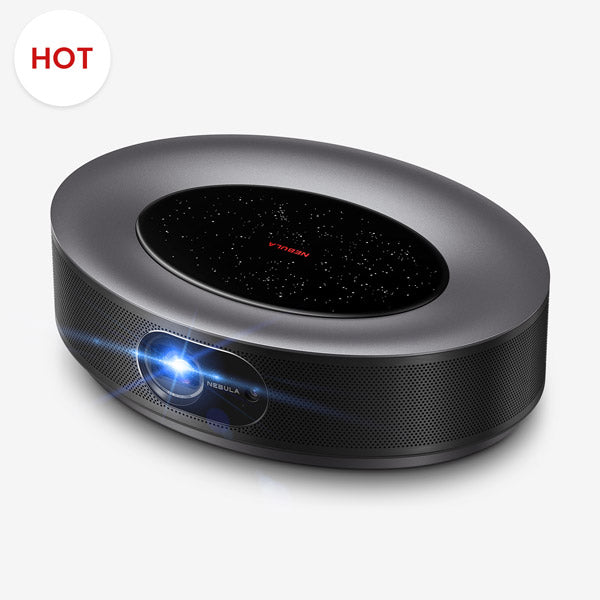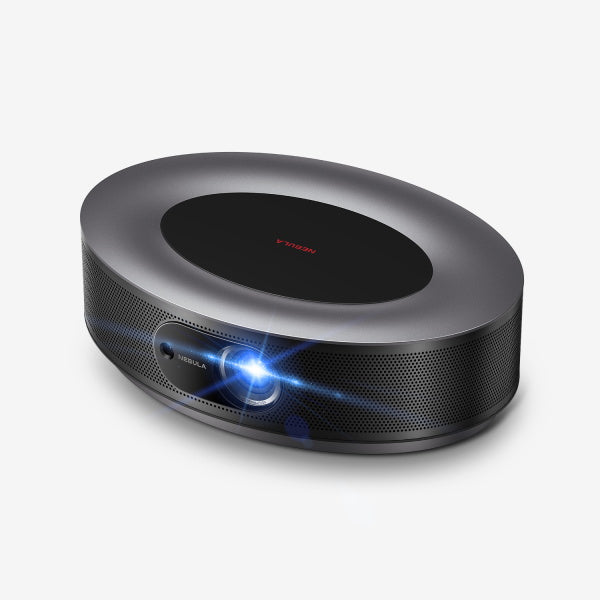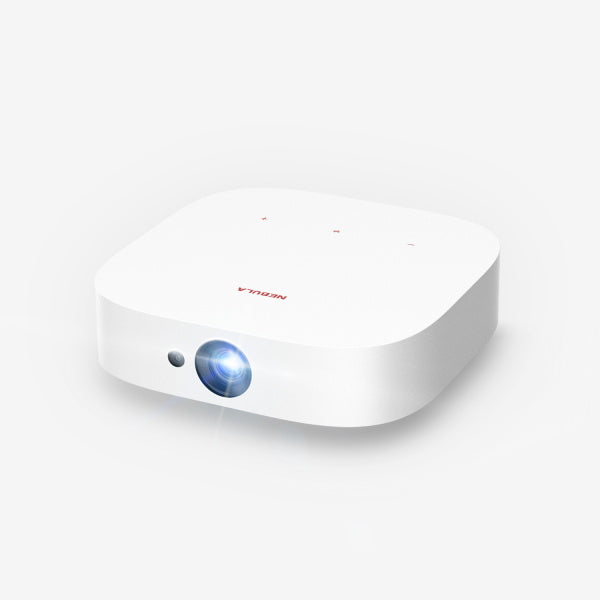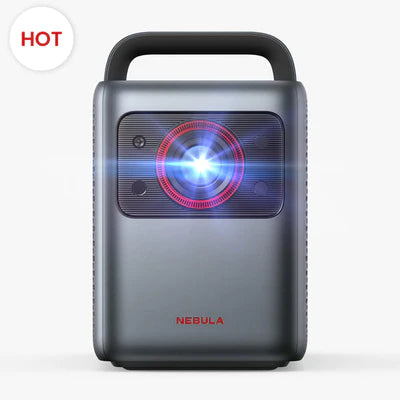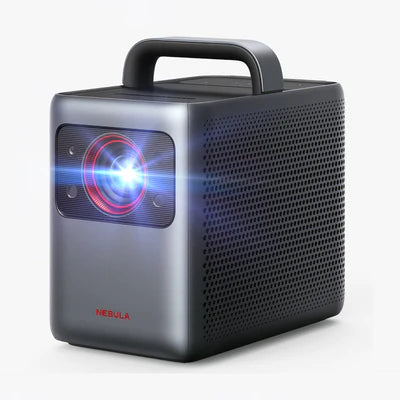When browsing for projectors, one often stumbles across the terms "lumens" and "ANSI lumens." While they might seem interchangeable, understanding the distinction between them is crucial for making informed purchasing decisions. In this guide, we'll unravel the "ANSI lumens vs. lumens" debate, clarifying these often-confused terms and offering insights into their practical implications. By the end, not only will you grasp the core differences, but you'll also be equipped to interpret specifications like "1 ANSI lumens = how many lumens?" with ease.

What Are Lumens?
Lumens (often represented as "lm") are a unit of measurement used to quantify the amount of visible light emitted by a light source. In simpler terms, lumens measure the brightness of light. The higher the number of lumens, the brighter the light source. Lumens are widely used to describe the brightness of various lighting devices, including light bulbs, LED lights, projectors, and more. When you're shopping for lighting products, the lumens rating can help you understand how bright a light source will be.
What Is ANSI Lumens?
ANSI Lumens (American National Standards Institute Lumens) is a standardized measurement of the brightness of a projector. These lumens are calculated following specific ANSI standards, ensuring a consistent and reliable measurement for projectors. ANSI Lumens take into account factors such as the projector's color accuracy, white brightness, and uniformity. In essence, ANSI Lumens provide a more accurate representation of a projector's true brightness performance under standardized conditions.
ANSI Lumens VS. Lumens: What Is the Difference?
Standardization: ANSI Lumens are standardized, ensuring that measurements are consistent and reliable across different projector models. Lumens, as a general term, lack this standardization, making it less reliable for accurate comparisons.
Real-world Performance: ANSI Lumens take into account color accuracy, white brightness, and uniformity, providing a more accurate representation of a projector's real-world performance. Lumens, in contrast, may not consider these factors, leading to potential inaccuracies.
Applicability: ANSI Lumens are primarily used in the context of projectors, while lumens can refer to the brightness of various light sources, which might not be suitable for comparing projector performance.
In summary, the key difference between ANSI Lumens and Lumens is the standardization and the consideration of various factors in the case of ANSI Lumens, making it a more reliable measurement for assessing projector brightness.
How to Convert ANSI Lumen and Lumen?
Some cheap projector manufacturers may advertise only the light source lumen output to mislead customers about the projector's brightness. It's important to understand how to convert Lumens to ANSI Lumens and vice versa for it allows you to make accurate comparisons and informed decisions when it comes to purchasing and using projectors or other light-emitting devices.
Among the various brightness specifications that consumers may encounter, the most common ones are ANSI Lumens, LED Lumens, and Light Source Lumens. So, what we are going to learn about is the conversion between ANSI Lumens and Lumens, which actually refers to the conversion between ANSI Lumens and LED Lumens, and ANSI Lumens and Light Source Lumens. Let's begin by gaining an understanding of what LED Lumens and Light Source Lumens are.
LED Lumens is a unit of measurement used to quantify the brightness of light emitted by an LED (Light Emitting Diode) light source. It specifically measures the brightness generated by LED technology. LED Lumens represent the total amount of visible light produced by an LED device, taking into account its efficiency and light output. On the other hand, Light Source Lumens is a unit of measurement used to quantify the total amount of light output from a light source such as a lamp, LED, or laser. It directly measures the brightness of the light source itself, without taking into account any losses due to the passage of light through lenses, optics, or optical systems.
Here are the formulas for converting between ANSI Lumens, LED Lumens, and Light Source Lumens:
>From ANSI Lumens to LED Lumens:
LED Lumens = ANSI Lumens×2.4
If you have 1,000 ANSI Lumens and want to convert it to LED Lumens:
LED Lumens = 1,000 ANSI Lumens×2.4 = 2,400 LED Lumens
>From ANSI Lumens to Light Source Lumens:
Light Source Lumens = ANSI Lumens×16
If you have 1,000 ANSI Lumens and want to convert it to Light Source Lumens:
Light Source Lumens = 1,000 ANSI Lumens×16 = 16,000 Light Source Lumens
How Bright Should My Projector Be?
Having delved into the intricacies of lumens tested by ANSI vs. lumens rated by other measurements, it's time to put this knowledge into practice by figuring out how many lumens is good for a projector. Several factors come into play when making this decision. Here's a general guideline:
Location:
The physical location where you plan to use the projector is essential. Are you using it in a home theater, a conference room, a classroom, or an outdoor setting? Different locations have varying lighting conditions and viewing distances, which can impact the required brightness.
For example, a projector used in a well-controlled home theater with minimal ambient light will have different brightness needs compared to a projector used in a conference room with moderate ambient light.
Ambient Light:
The amount of ambient light in the room or outdoor environment is a key consideration. Ambient light can come from windows, overhead lighting, or other sources. The more ambient light present, the brighter your projector needs to be to ensure the image remains visible and clear.
In brightly lit rooms, such as offices or living rooms with large windows, you'll need a projector with higher lumens to overcome the ambient light. In dimly lit or dark rooms, you can use a lower lumen projector.
Screen Size:
The size of your projection screen or display surface directly impacts the required brightness of your projector. Larger screens need more lumens to maintain image quality and visibility across the entire surface.
Smaller screens, such as those used for personal viewing in a home theater, may require lower lumens. In contrast, larger screens in commercial or educational settings will need higher brightness levels to ensure a clear image.
Here is a table for choosing the suitable ANSI lumens for your projector in different ambient lighting conditions:
|
>Ambient Light Conditions |
>ANSI Lumens Range |
|
Low ambient light indoors (e.g., dark room) |
300-600 ANSI lumens |
|
Medium ambient light indoors (e.g., some lighting) |
600-1600 ANSI lumens |
|
High ambient light indoors (e.g., well-lit room) |
1600-2500 ANSI lumens |
|
Low ambient light outdoors (e.g., dark woods) |
200-500 ANSI lumens |
|
Medium ambient light outdoors (e.g., some streetlights) |
600-1000 ANSI lumens |
|
High ambient light outdoors (e.g., midday sunlight) |
>1000 ANSI lumens |
Conclusion
The comparison of "ANSI lumens vs. lumens" underscores the importance of understanding brightness specifications when choosing a projector. With the myriad of specifications and terminologies that brands throw around, it's easy to get lost. However, by grasping the essentials of lumens, ANSI lumens, and the conversion between them, you're in a stronger position to make informed projector choices. Beyond these lumen ratings, always factor in the context—room size, ambient light, content type, and audience—to achieve the best visual experience. With this newfound knowledge, you're well-prepared to sift through projector specifications with clarity and confidence.
FAQ
How bright is 1000 lumens?
Lumens is a measurement of luminous flux, which quantifies the total amount of visible light emitted by a light source. To give you an idea of how bright 1000 lumens is, here are some examples:
- A 60-watt incandescent bulb usually generates about 800 lumens, so 1000 lumens is brighter than a 60-watt incandescent bulb.
- A 10-watt LED bulb can produce about 800-1000 lumens, so 1000 lumens is roughly equivalent to the brightness of a 10-watt LED bulb.
- Daylight on a cloudy day is typically around 1000-2000 lumens per square meter. So, 1000 lumens is approximately equivalent to the brightness of one square meter of daylight on a cloudy day.
Does lumen really work?
Yes, lumens are vital for projectors as they determine the brightness of the projected image. A higher lumen count means a brighter display, which is crucial for larger screens, well-lit environments, and clear visuals for larger audiences. Some manufacturers might use terms like "source lumens" or "LED lumens" to inflate the perceived brightness of their projectors. It's essential to rely on standardized measurements like ANSI lumens for a consistent comparison.
How to convert lumens to watts?
Converting lumens to watts isn't a direct conversion because they measure different things. Lumens measure a projector's brightness, while watts indicate the power consumption of the projector lamp or LED. However, you can determine the efficiency of a projector by looking at its lumens-per-watt ratio: Efficiency (lm/W) = Lumens (lm) / Power Consumption (W). An efficient projector will have a higher lumens-per-watt ratio, meaning it produces more brightness for each watt of power consumed.








